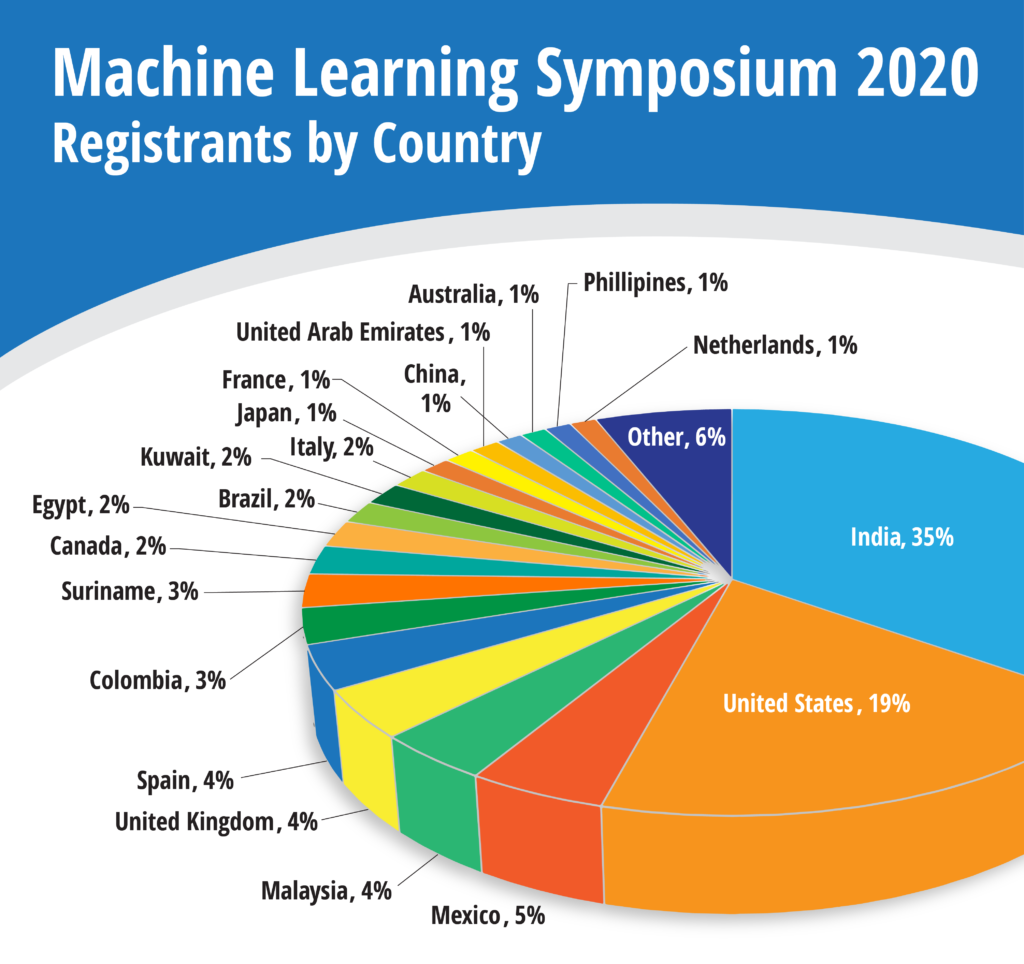Hearing about the industry’s challenges this year has almost become trite, but those concerns are valid and persist, even as Brent crude is about $48 today (18 Dec. 2020). And we in the oil and gas industry are acutely aware of the fundamentals: The pandemic depressed demand for hydrocarbons even as U.S. unconventionals and OPEC continued to produce, which was exacerbated by a modicum of downward pressure on price from renewable energy sources and the increase in electric vehicles. However, at Geophysical Research, LLC (d/b/a Geophysical Insights), we have taken a long-term view of oil and gas macroeconomics and have chosen to give back to the industry. We were delighted to have the opportunity to support our customers and friends this year through free access to our e-courses on machine learning and seismic interpretation. Many also took advantage of our underwriting attendance at the 2020 Oil & Gas Machine Learning Symposium, where we heard industry thought-leaders share key learnings from their companies’ digital transformation initiatives.
Here are some interesting facts that we have taken away from the wide popularity of these two initiatives, which I believe fairly represent the oil and gas industry at large:
• Our e-Courses on Machine Learning and Seismic Interpretation attracted 2,638 students who enrolled in a couple of courses each, some more.
• Among the top 10 companies represented by students in the e-courses, 7 were National Oil Companies (NOCs).
The all-virtual 2020 Oil & Gas Machine Learning Symposium attracted some 600 registrants worldwide, as shown in the pie chart below, which presents registrants by country.
The implication of these two independent initiatives is clear: Many in the oil and gas industry view machine learning as the future and want to learn about the technology. The industry’s technical community and business leaders are seeking information on the subject as fast as practical. However, like other scientific and engineering technologies, machine learning must be proven to have practitioners’ confidence. And while we have abundant evidence of the effectiveness of machine learning in seismic interpretation, the technology still has its doubters. Simply stated, machine learning results are empirical, not grounded in first-principles, which parallels a long-standing, natural tension in science – the experimentalists versus theoreticians. Nonetheless, we all know many scientific investigations and engineering applications that are highly addressable through empirically derived data, from the studies of how proteins fold to self-driving cars. Nothing but recalcitrance in attitudes toward machine learning prevents us from taking advantage of these technologies to improve our industry’s economic health while lowering the carbon footprint of oil and gas operations.
We share the excitement of what is still a nascent class of technology and its potential to transform the way we find and monetize hydrocarbons. Most critically, our geoscientists, customers, and academic partners – the Paradise® community – continue to demonstrate machine learning’s efficacy in seismic interpretation. We hope you and your colleagues join us in looking forward to a bright 2021 and beyond.





















